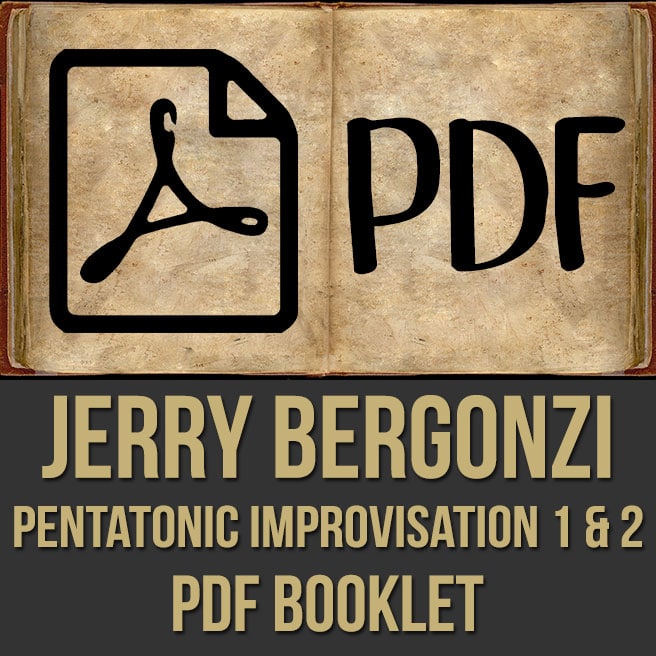

However, important to stress is that instead of operating in opposition to functional and modal harmony on which the majority of jazz is still based, these new techniques can be applied alongside, or as an extension to this convention.Ĭonsidering the fact that, together with the blues and the work songs, the European classical music tradition was one of the fundaments of jazz, making it a crossover music avant la lettre, this study focuses on harmonic issues in line with the historical development of classical music. This study is based on the issue I share with colleagues and students that we tend to reach the limits of the conventional chord-scale approach. In order to let jazz keep track with recent developments, the advanced compositional and improvisational techniques elaborated upon in this study can be a relevant contribution. As a consequence of this “all-inclusive” character, the harmonic approach of traditional jazz improvisation needs reconsideration. This study discusses the application of advanced compositional and improvisational techniques in the domain of contemporary jazz in order to help (composing) improvisers extend their musical practices beyond functional harmony and conventional chord-scale approach.Īlthough today’s jazz acts as a guesthouse in which elements from the surrounding musical world are welcomed with curiosity, the relationship between improvised lines and the underlying harmonic structures is still considered a substantial part of its structural elements.

Broadening the Artistic Palette of (Composing) Improvisers in Jazz. The research results provide comprehensive insights into compositional and improvisational processes in jazz, and offer materials that can be useful for the personal artistic development of jazz practitioners, including musicians, composers, and educators.īeyond Borders. All examples are thoroughly analyzed and evaluated in order to determine their potential use in contemporary jazz practices. In addition, these theories and techniques are illustrated by selected examples (transcriptions and audio excerpts) and by examples of applications by various musicians, including the author. The study includes examinations of educational publications by five selected jazz artists (Dave Liebman, Jerry Bergonzi, George Garzone, Walt Weiskopf, and John O’Gallagher), and the analysis of compositional techniques by two composers of the 20th century: Peter Schat's Tone Clock and Olivier Messiaen's modes of limited transposition. In this on-line dissertation, jazz saxophonist Dick de Graaf investigates a variety of compositional and improvisational models and techniques in contemporary jazz and Western art music, and discusses possible applications of these materials in current jazz practices.


 0 kommentar(er)
0 kommentar(er)
